A new Bernard Buffet biography is a smorgasbord of art history fun and frolics
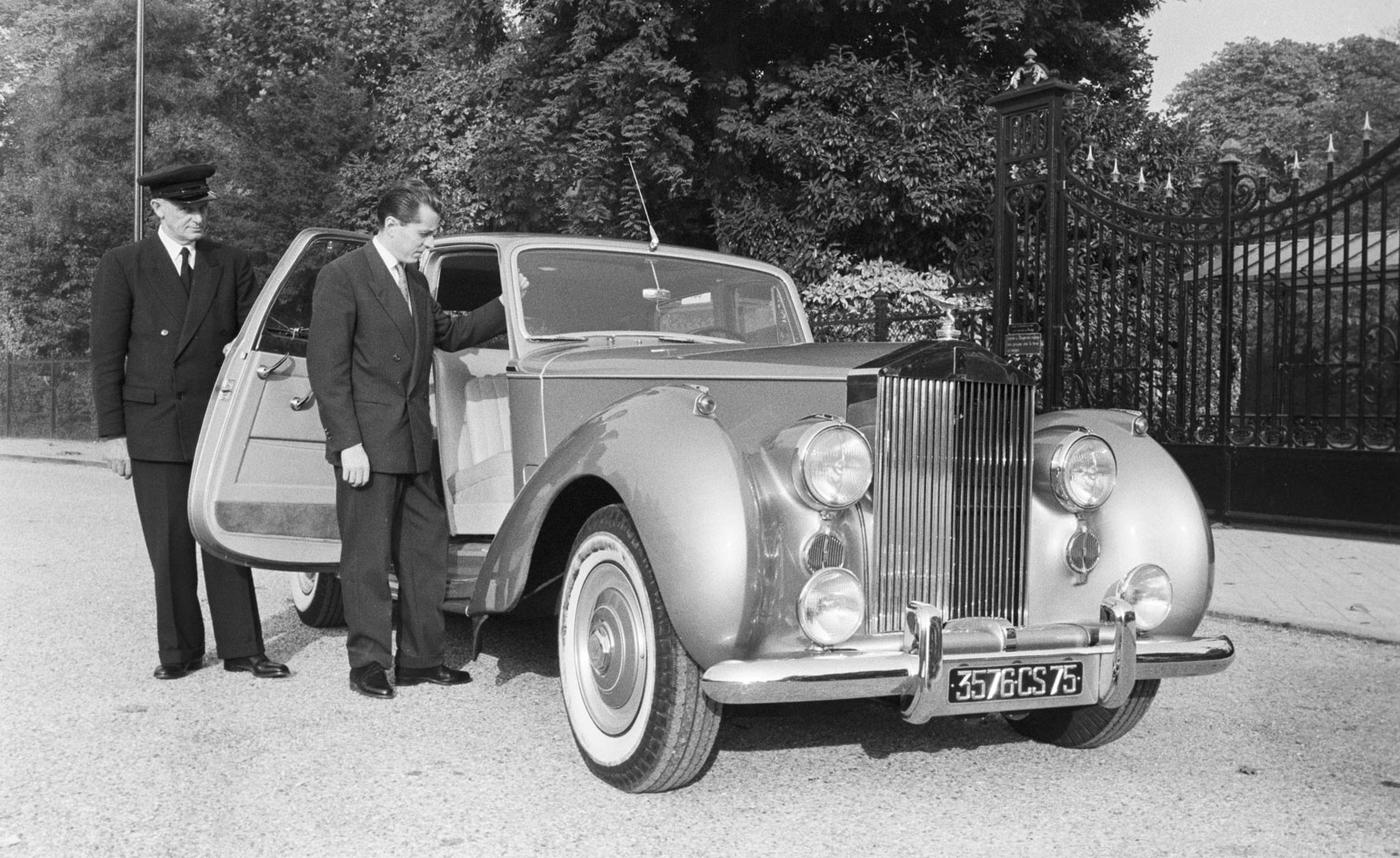
Whatever your opinion of the work of the prolific French expressionist Bernard Buffet, it’s not hard to be seduced by the premise of Nick Foulkes’ new biography, Bernard Buffet: The Invention of the Modern Mega-Artist. Foulkes suggests that Buffet, who died in 1999, blazed a trail as one of the first modern media artists. Yet although Buffet was happy to be feted by the media, associated with celebrities and garlanded with praise and money, his celebrity status turned sour. Despite – or perhaps because of – the global appeal of his work in prints and posters – the artist’s reputation dipped precipitously in his own lifetime until he was practically persona non grata in the French scene.
Whereas his arch-rival Picasso could effortlessly segue between high and low art, with volume prints and highly sought-after originals, Buffet’s work was somehow denigrated by its transposition from gallery wall to suburban living room. The subject matter didn’t help either – mournful clowns and spiky still lives, or familiar cityscapes and faintly twee animals, all rendered in his trademark spidery black line with flat colour and minimal stylistic evolution. His prolific output – around 8,000 paintings – was another dagger in the heart of authenticity, and Buffet’s status as one of France’s ‘fabulous five’, alongside director Roger Vadim, fashion designer Yves Saint Laurent, author Françoise Sagan and actress Brigitte Bardot, further served to detach him from the critics.
As a result, works hailed as bold and daring at the start of his career were soon dismissed by critics as trite and sentimental. Buffet even described himself, stoically and stubbornly, as a ‘little detached suburban villa in the middle of modern painting’.
He became a lonely figure, doggedly ploughing his furrow and eventually taking his life when, struggling with disease, he could no longer paint. Inevitably, Buffet’s work is being reappraised by today’s market, as a new generation of collectors emerge, hungry for work with a provenance and a signature style. Foulkes explores Buffet’s changing milieu as an artist at the cradle of the media age, and offers a cautionary tale for artists who find themselves swept and up then discarded by a fickle media.
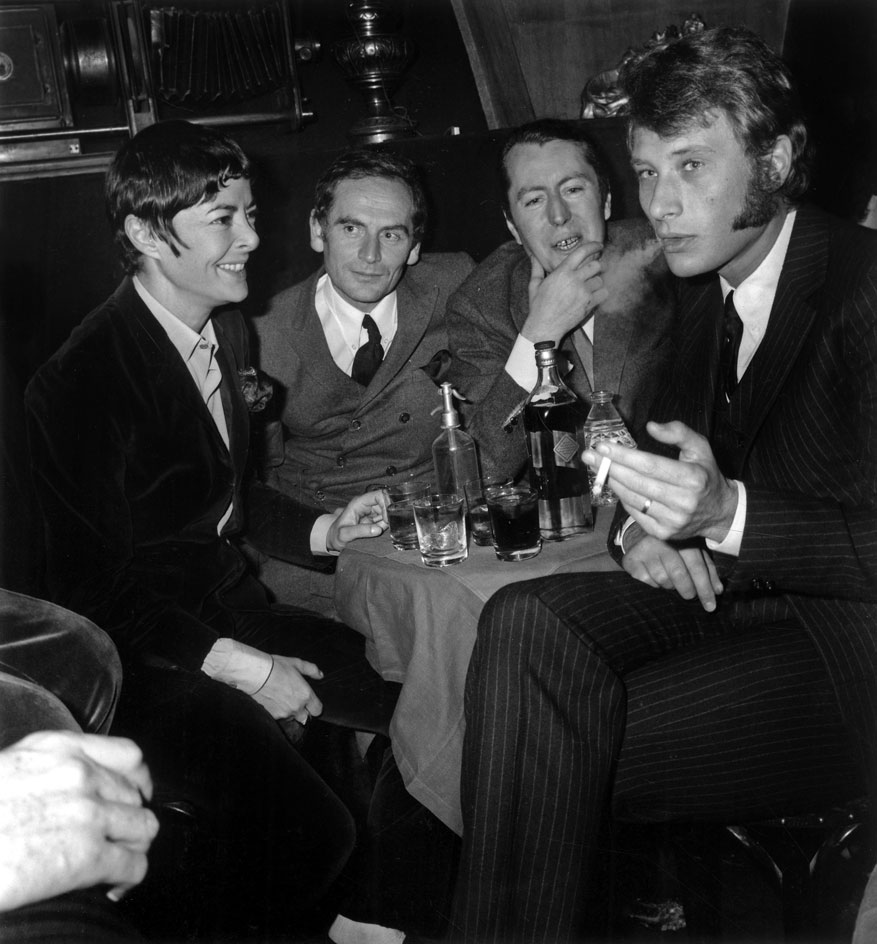
Though feted for many years, the artist’s reputation dipped precipitously in his own lifetime until he was practically persona non grata in the French scene. Pictured: Buffet with friends.
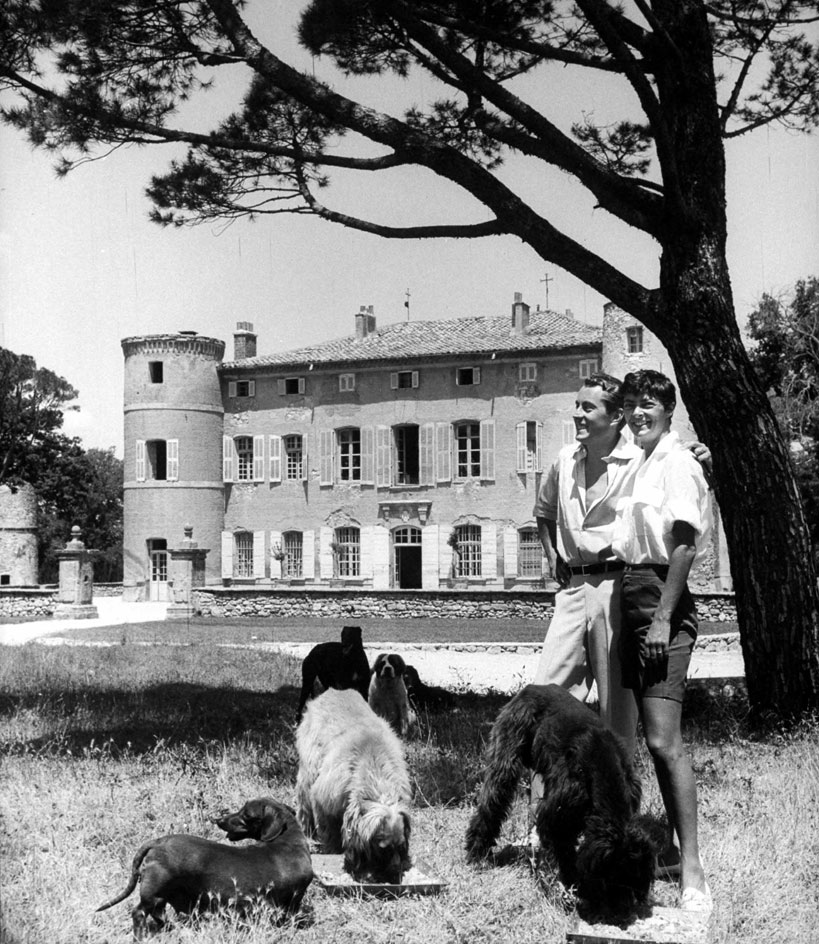
Foulkes suggests that Buffet, who died in 1999, blazed a trail as one of the first modern media artists. Pictured: the Buffets at Chateau l'Arc, near Aix-en-Provence – his main residence until 1964.
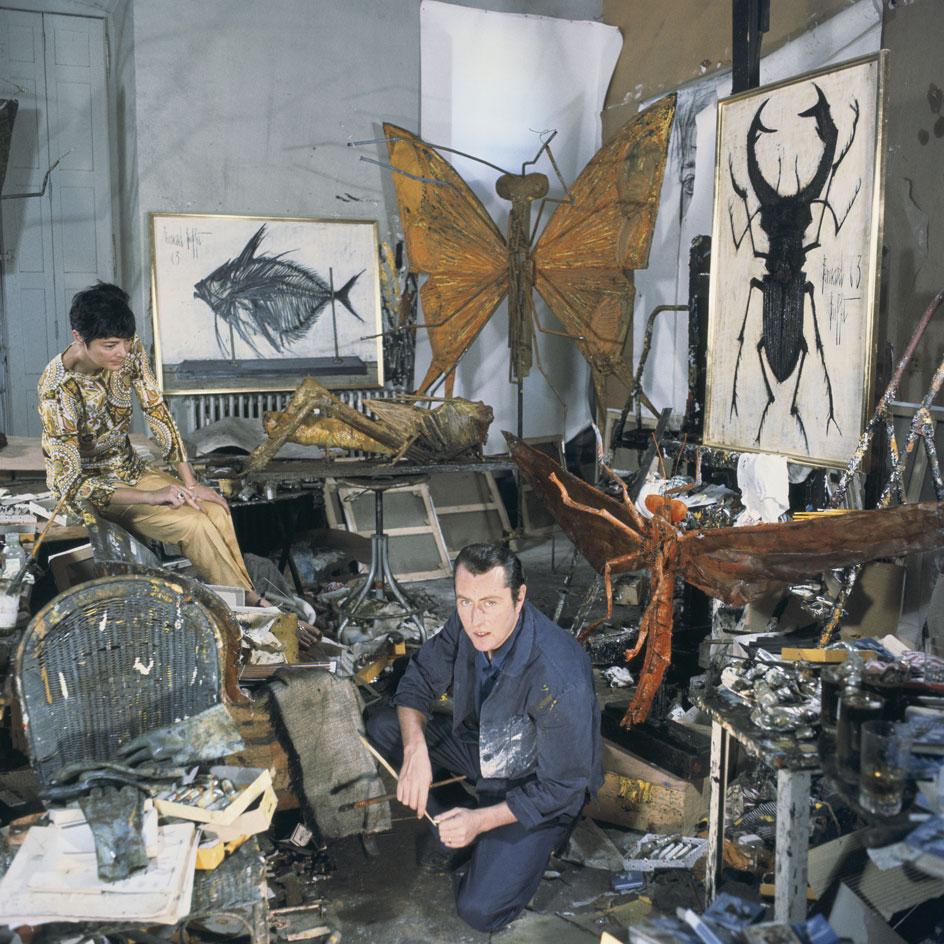
Buffet’s work was somehow denigrated by its transposition from gallery wall to suburban living room. Pictured: Buffet surrounded by work in the chateau.
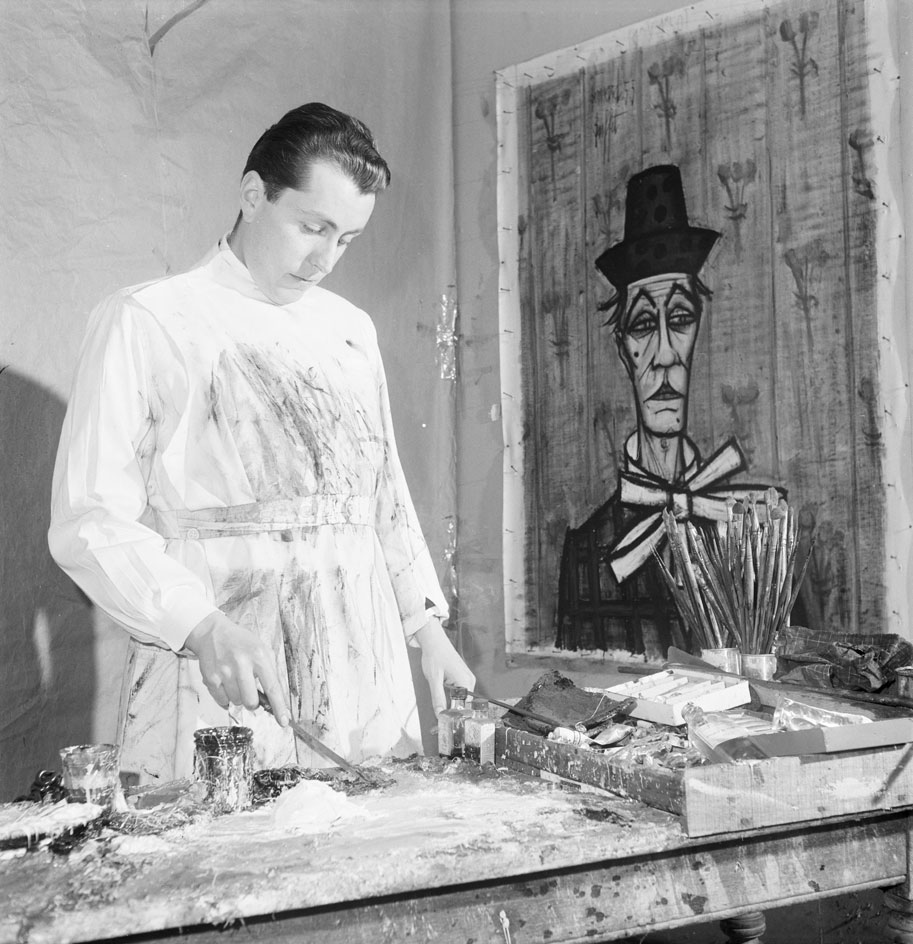
Buffet described himself, stoically and stubbornly, as a ‘little detached suburban villa in the middle of modern painting’.
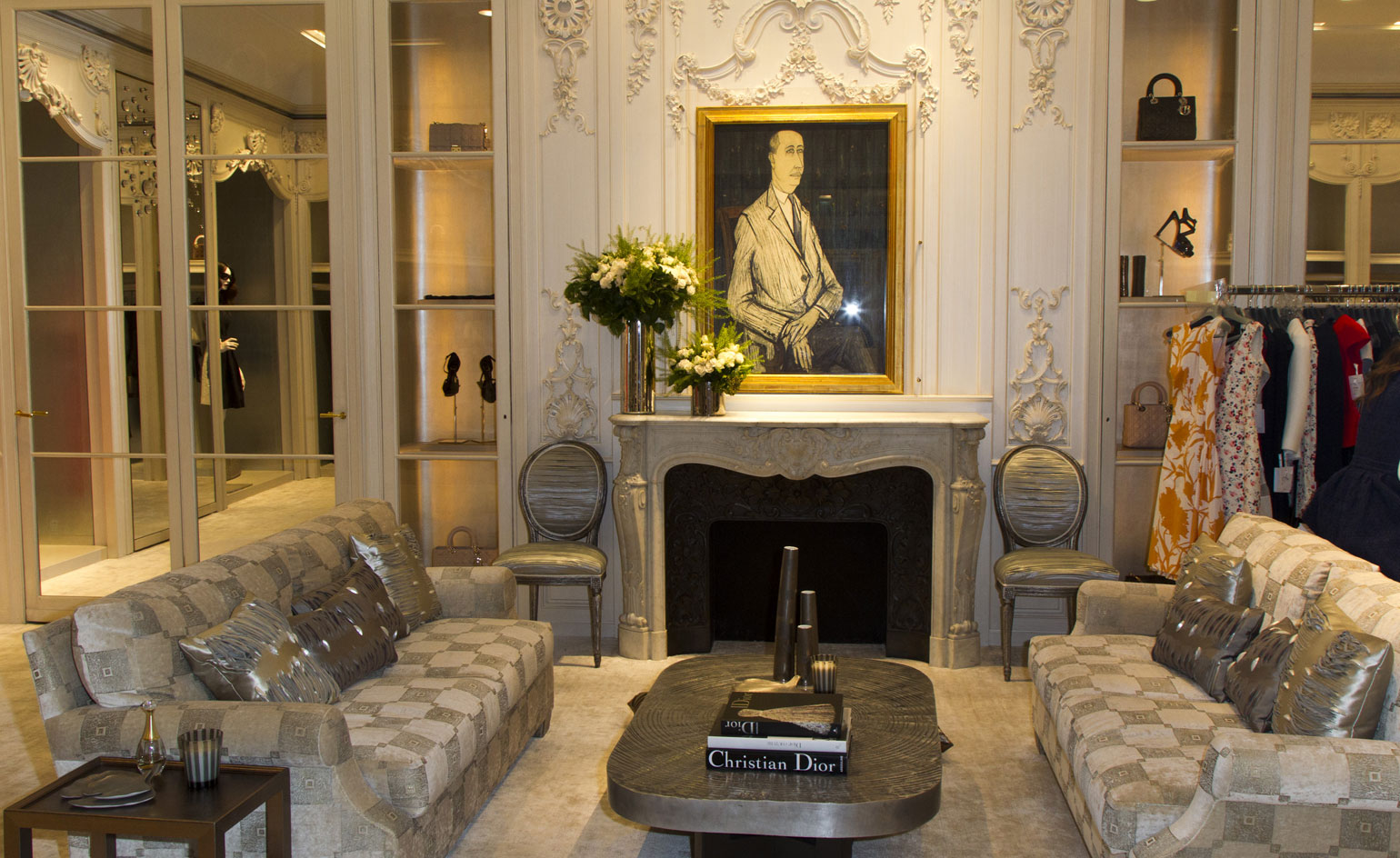
Buffet’s work is being reappraised by today’s market, as a new generation of collectors emerge, hungry for work with a provenance and a signature style. Pictured: Dior boutiqe.
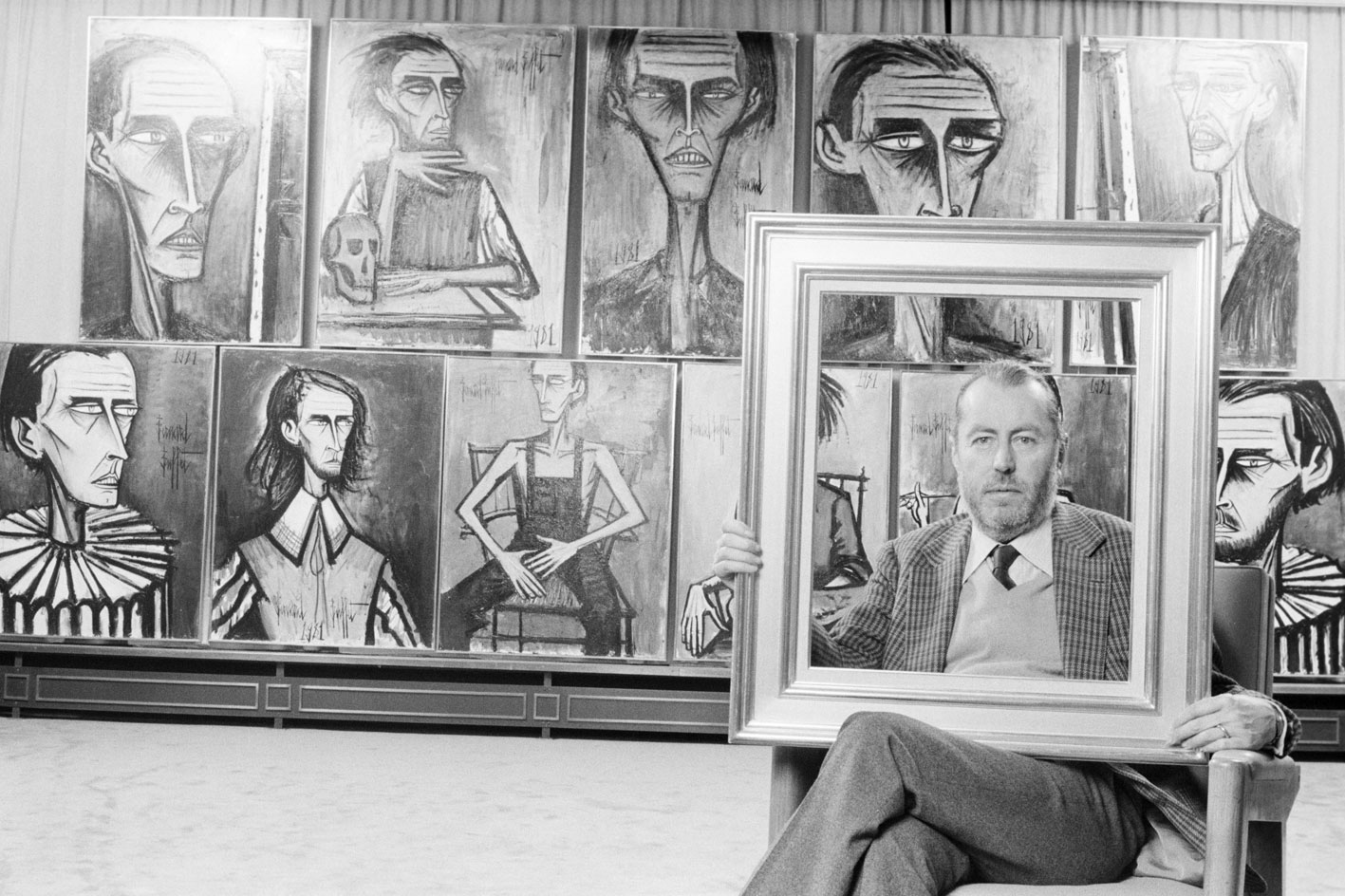
Buffet and a selection of 'autoportraits'.
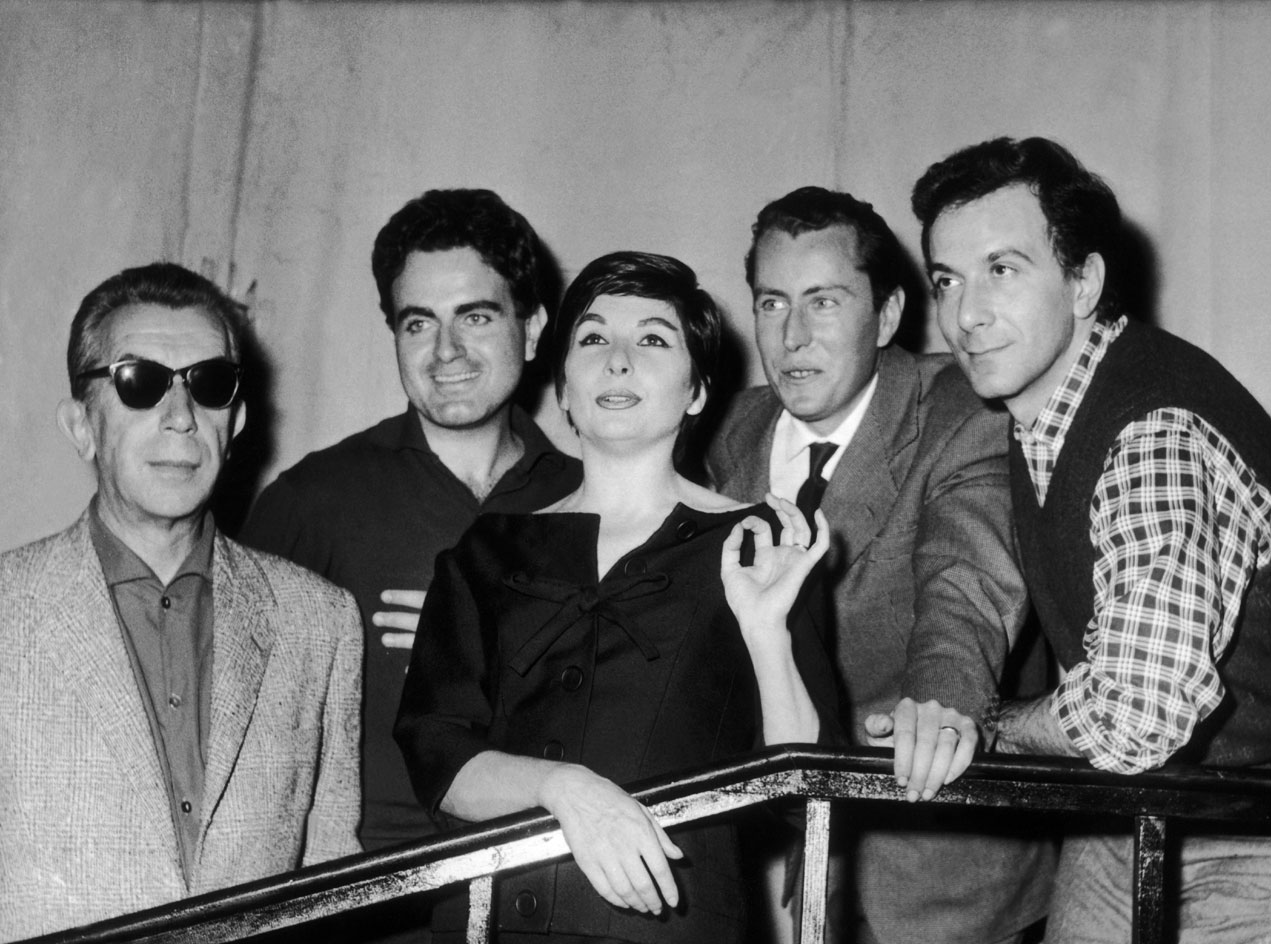
Buffet (second right) with (from left) painter and sculptor Albert Ayme, singer Guy Béart, and dancers Zizi Jeanmaire and Roland Petit.
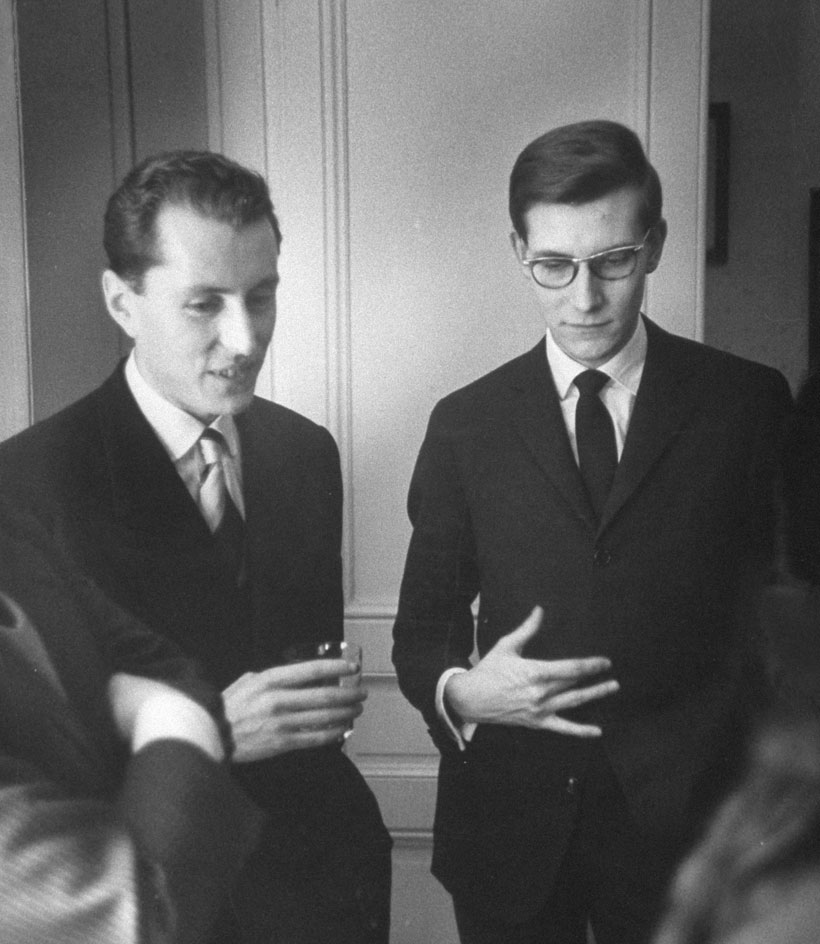
Buffet is known to be one of France’s ‘fabulous five’, alongside director Roger Vadim, fashion designer Yves Saint Laurent (pictured here with Buffet), author Françoise Sagan and actress Brigitte Bardot.
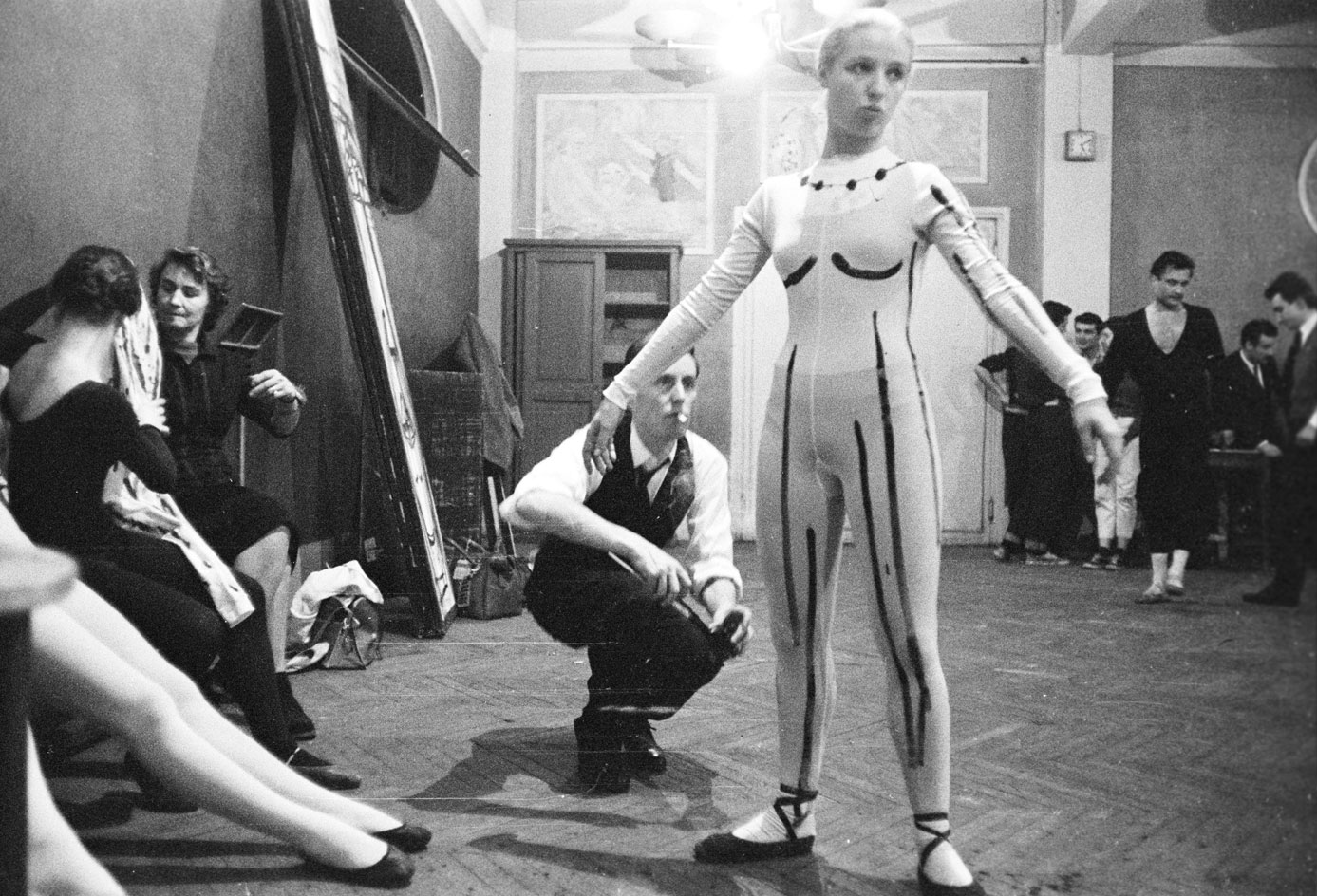
Foulkes explores Buffet’s changing milieu as an artist at the cradle of the media age. Pictured: Rendezvous with Bernard Buffet.
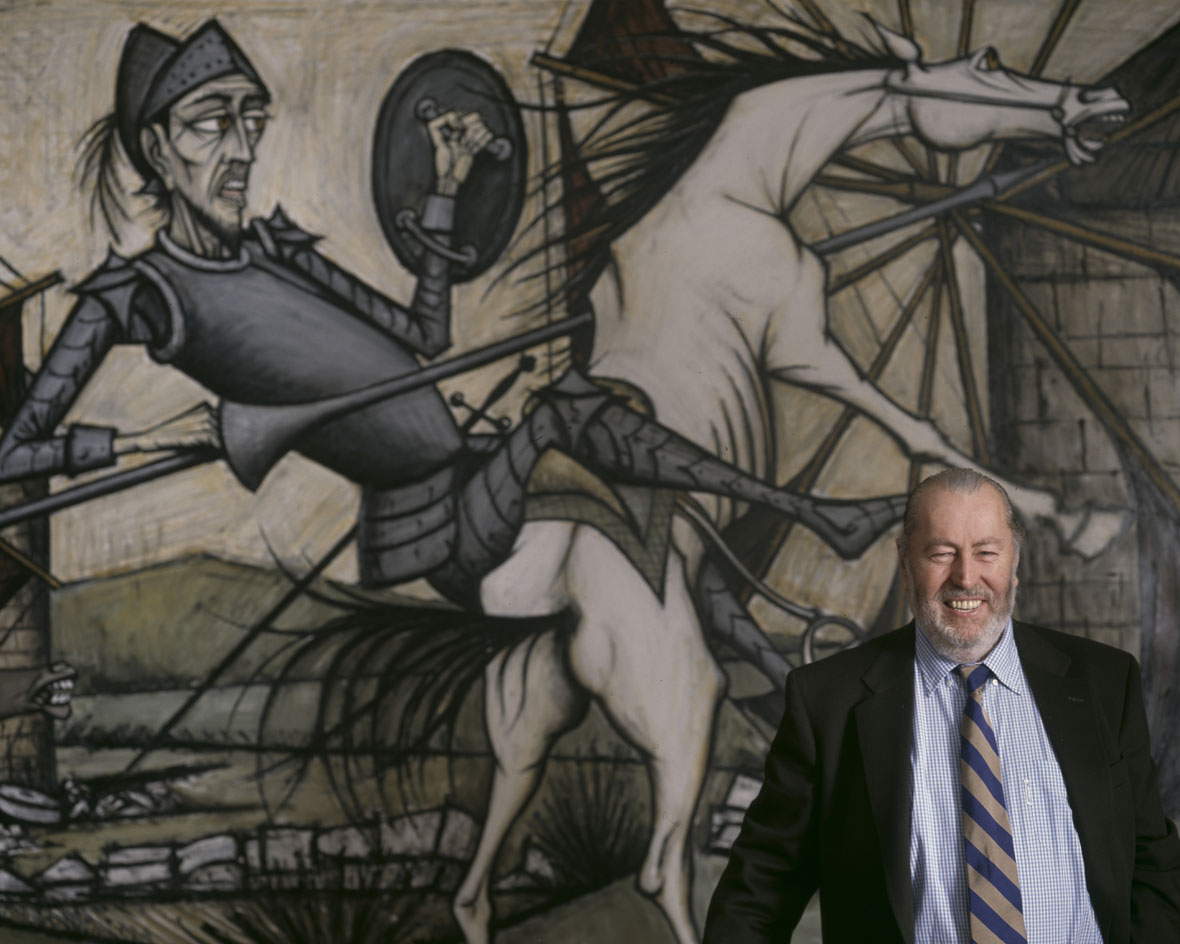
Foulkes offers a cautionary tale for artists who find themselves swept up then discarded by a fickle media.
INFORMATION
Bernard Buffet: The Invention of the Modern Mega-Artist, by Nicholas Foulkes £25, published by Preface Books. For more information, visit the publisher’s website
Wallpaper* Newsletter
Receive our daily digest of inspiration, escapism and design stories from around the world direct to your inbox.
Jonathan Bell has written for Wallpaper* magazine since 1999, covering everything from architecture and transport design to books, tech and graphic design. He is now the magazine’s Transport and Technology Editor. Jonathan has written and edited 15 books, including Concept Car Design, 21st Century House, and The New Modern House. He is also the host of Wallpaper’s first podcast.
-
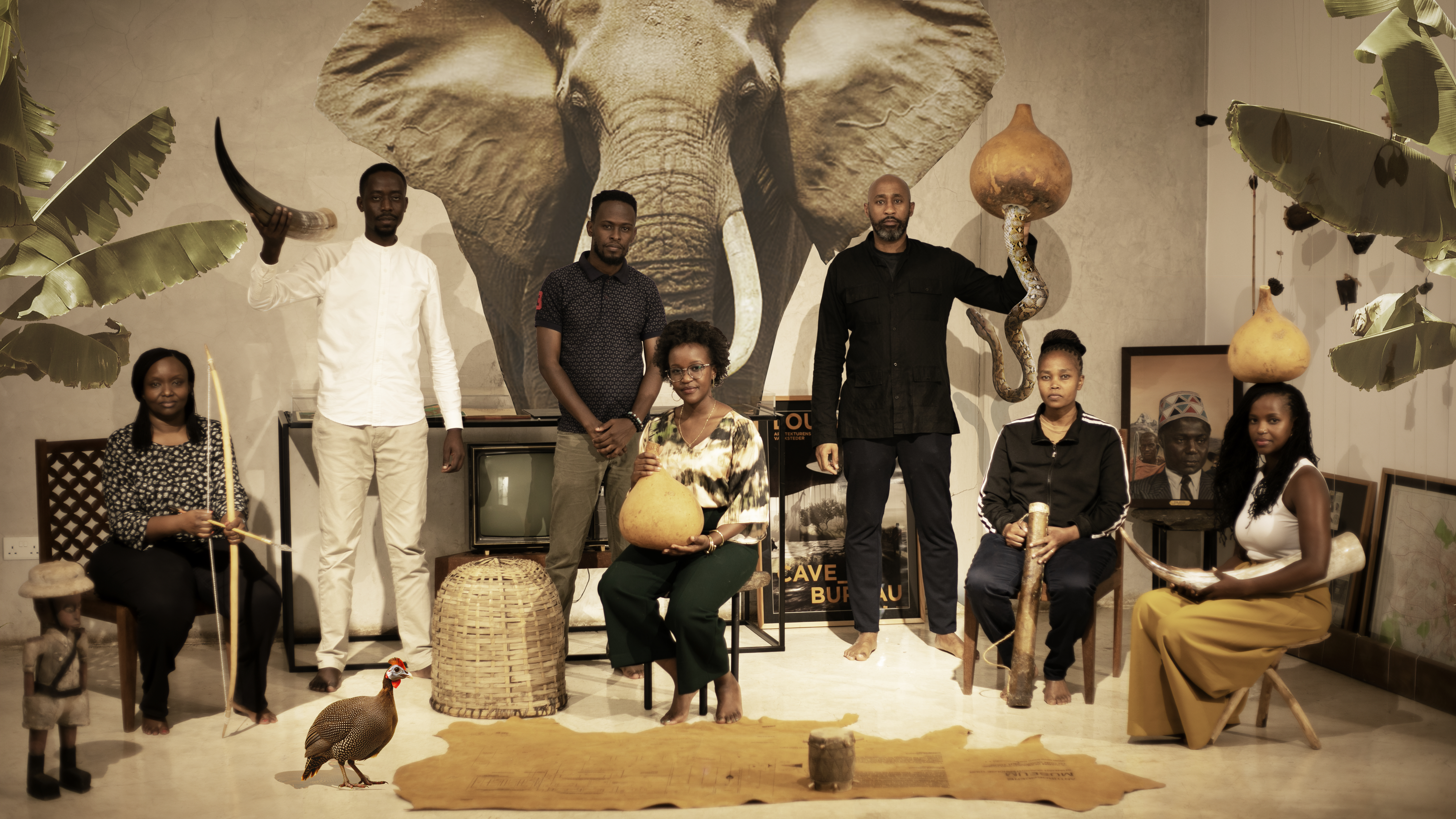 Enter the world of Cave Bureau, and its architectural and geological explorations
Enter the world of Cave Bureau, and its architectural and geological explorationsNairobi practice Cave Bureau explores architecture’s role in the geological afterlives of colonialism, as part of a team exhibiting at the British pavilion at the Venice Architecture Biennale 2025
By Marwa El Mubark
-
 All-In is the Paris-based label making full-force fashion for main character dressing
All-In is the Paris-based label making full-force fashion for main character dressingPart of our monthly Uprising series, Wallpaper* meets Benjamin Barron and Bror August Vestbø of All-In, the LVMH Prize-nominated label which bases its collections on a riotous cast of characters – real and imagined
By Orla Brennan
-
 Maserati joins forces with Giorgetti for a turbo-charged relationship
Maserati joins forces with Giorgetti for a turbo-charged relationshipAnnouncing their marriage during Milan Design Week, the brands unveiled a collection, a car and a long term commitment
By Hugo Macdonald
-
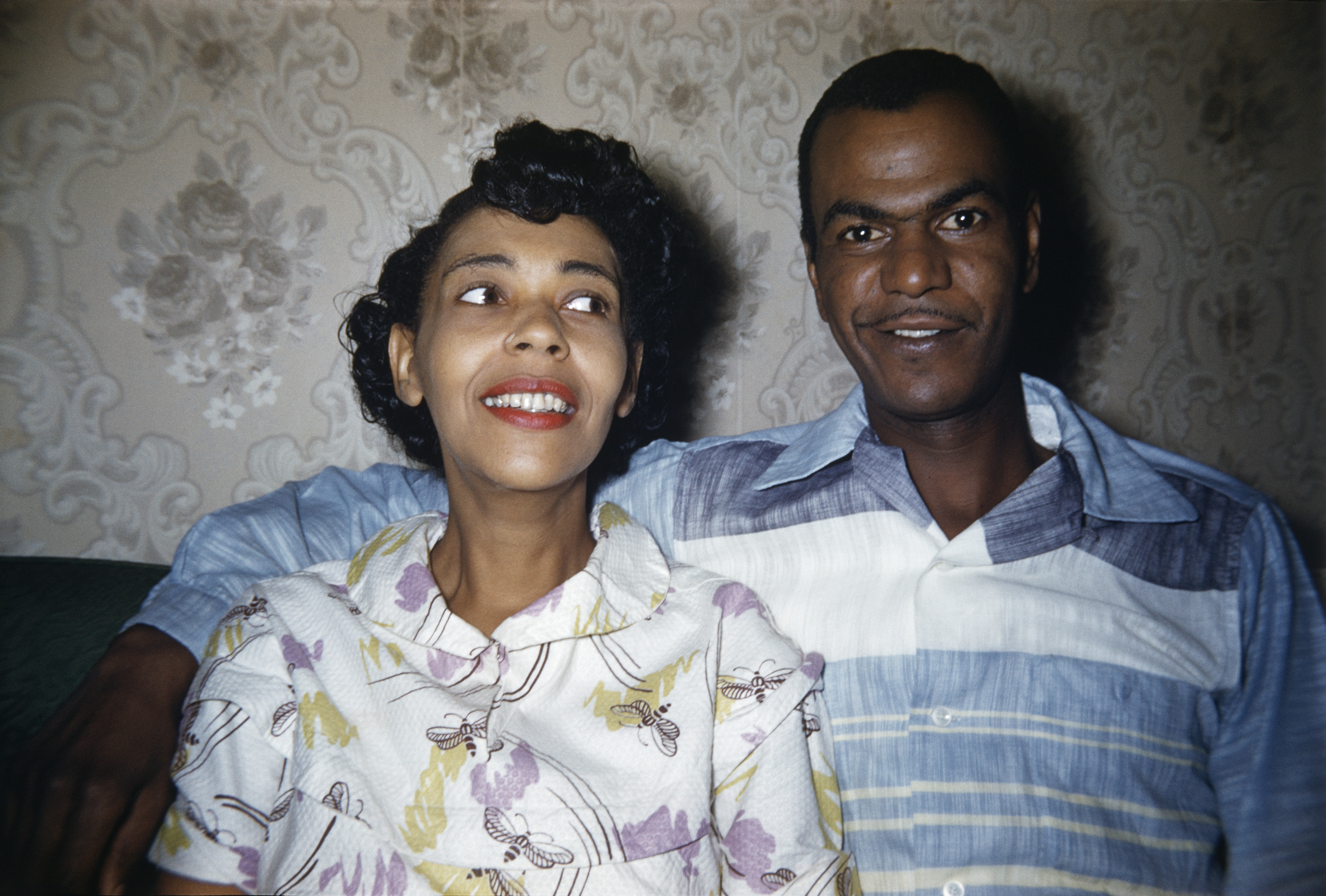 ‘Dressed to Impress’ captures the vivid world of everyday fashion in the 1950s and 1960s
‘Dressed to Impress’ captures the vivid world of everyday fashion in the 1950s and 1960sA new photography book from The Anonymous Project showcases its subjects when they’re dressed for best, posing for events and celebrations unknown
By Jonathan Bell
-
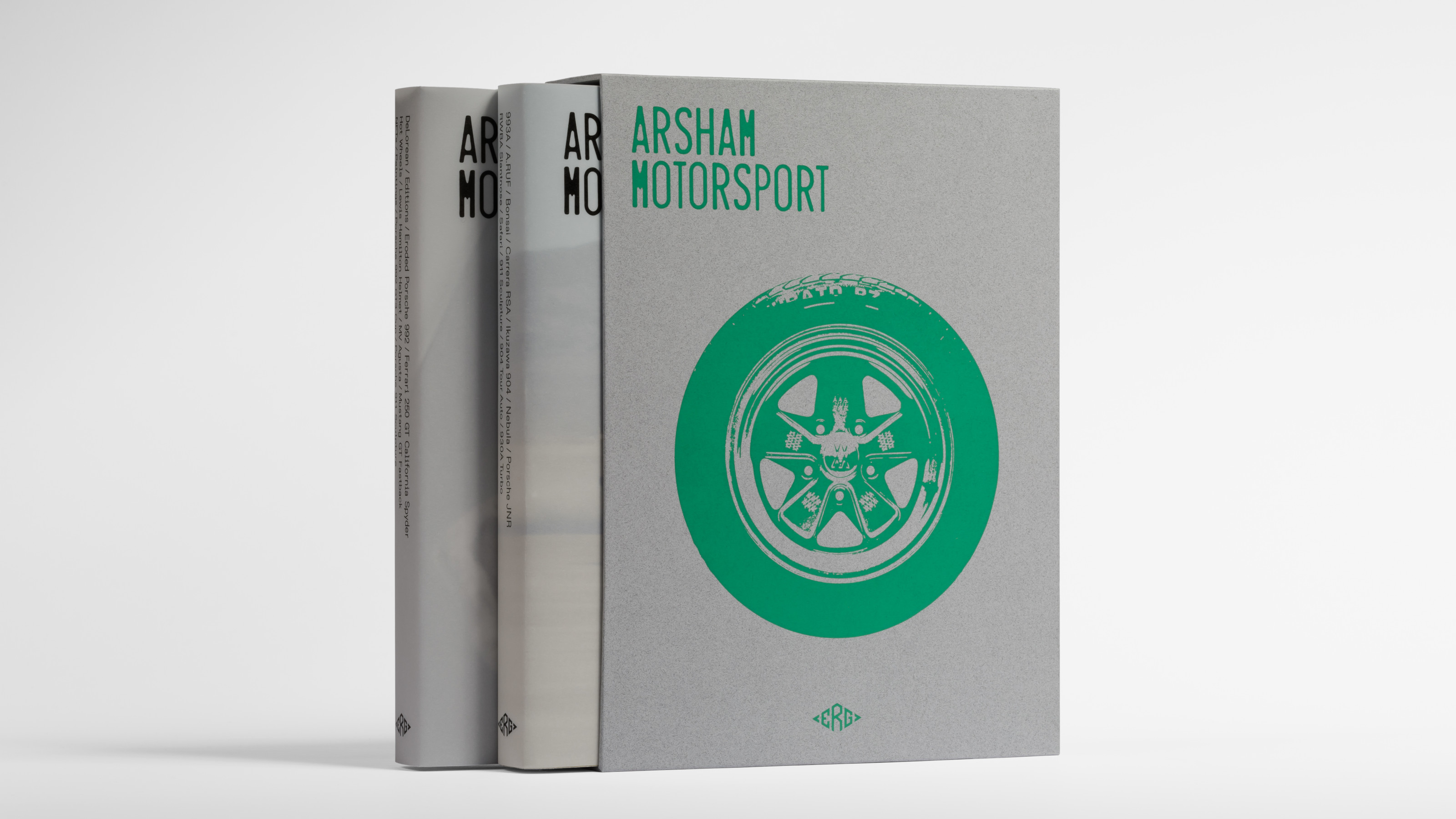 Daniel Arsham’s new monograph collates the works of the auto-obsessed American artist
Daniel Arsham’s new monograph collates the works of the auto-obsessed American artist‘Arsham Motorsport’ is two volumes of inspiration, process and work, charting artist Daniel Arsham’s oeuvre inspired by the icons and forms of the automotive industry
By Jonathan Bell
-
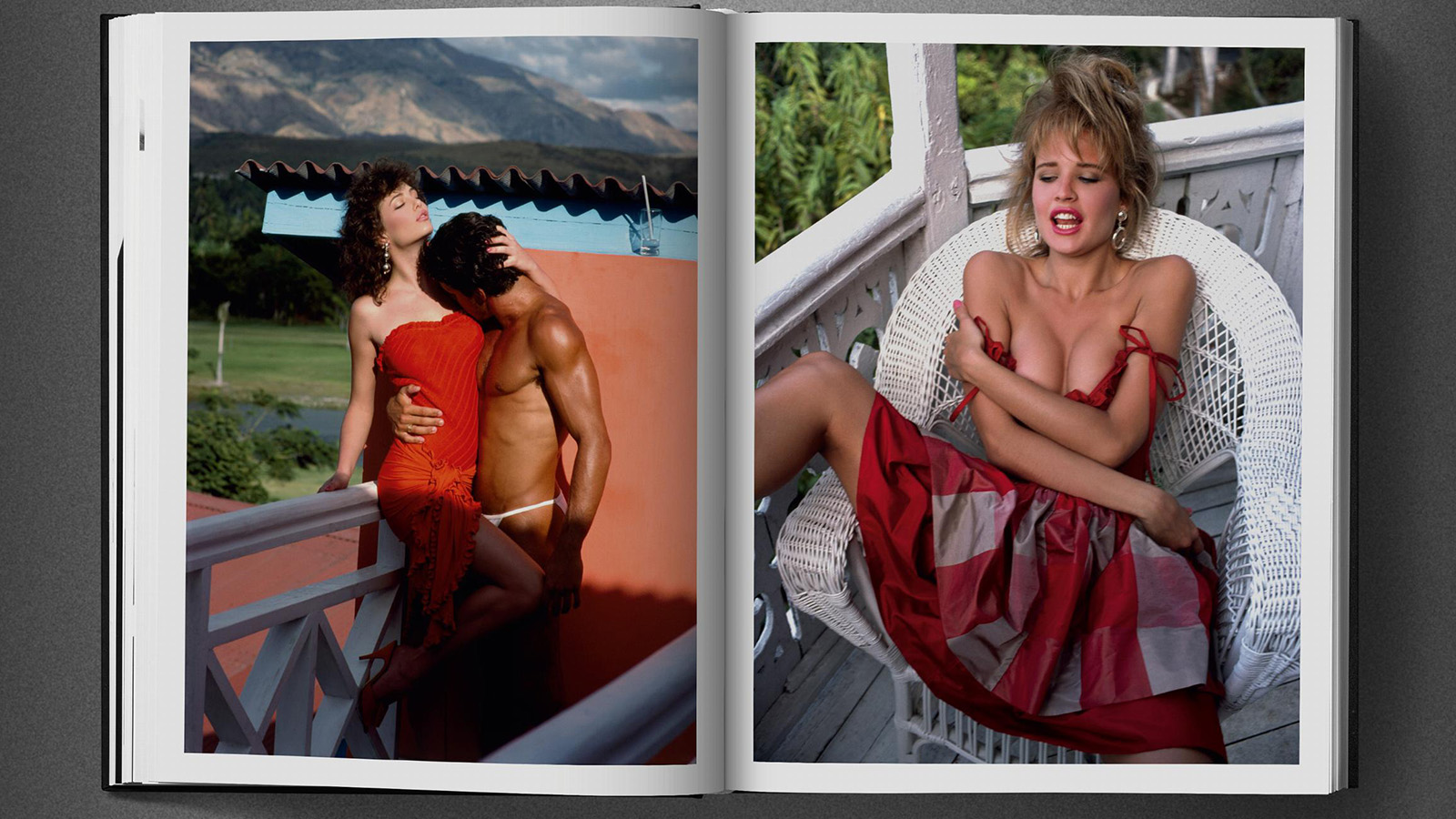 Era-defining photographer David Bailey guides us through the 1980s in a new tome not short of shoulder pads and lycra
Era-defining photographer David Bailey guides us through the 1980s in a new tome not short of shoulder pads and lycraFrom Yves Saint Laurent to Princess Diana, London photographer David Bailey dives into his 1980s archive in a new book by Taschen
By Tianna Williams
-
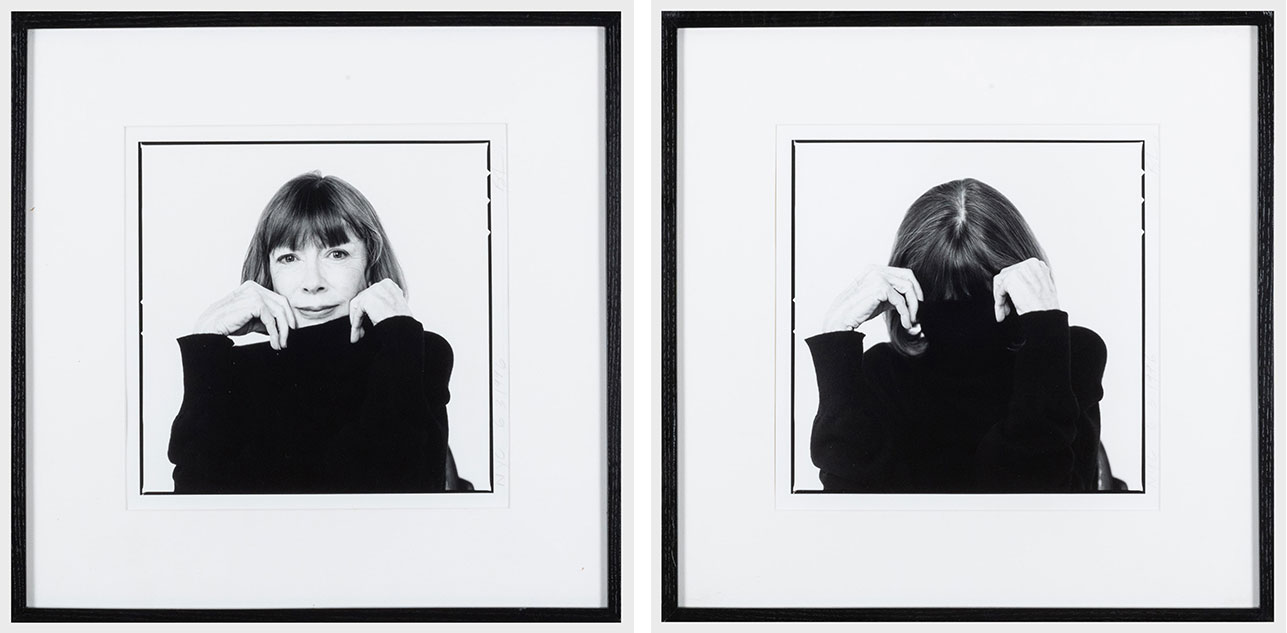 Inside Joan Didion’s unseen diary of personal relationships and post-therapy notes
Inside Joan Didion’s unseen diary of personal relationships and post-therapy notesA newly discovered diary by Joan Didion is soon to be published. Titled 'Notes to John', the journal documents her relationship with her daughter, husband, alcoholism, and depression
By Tianna Williams
-
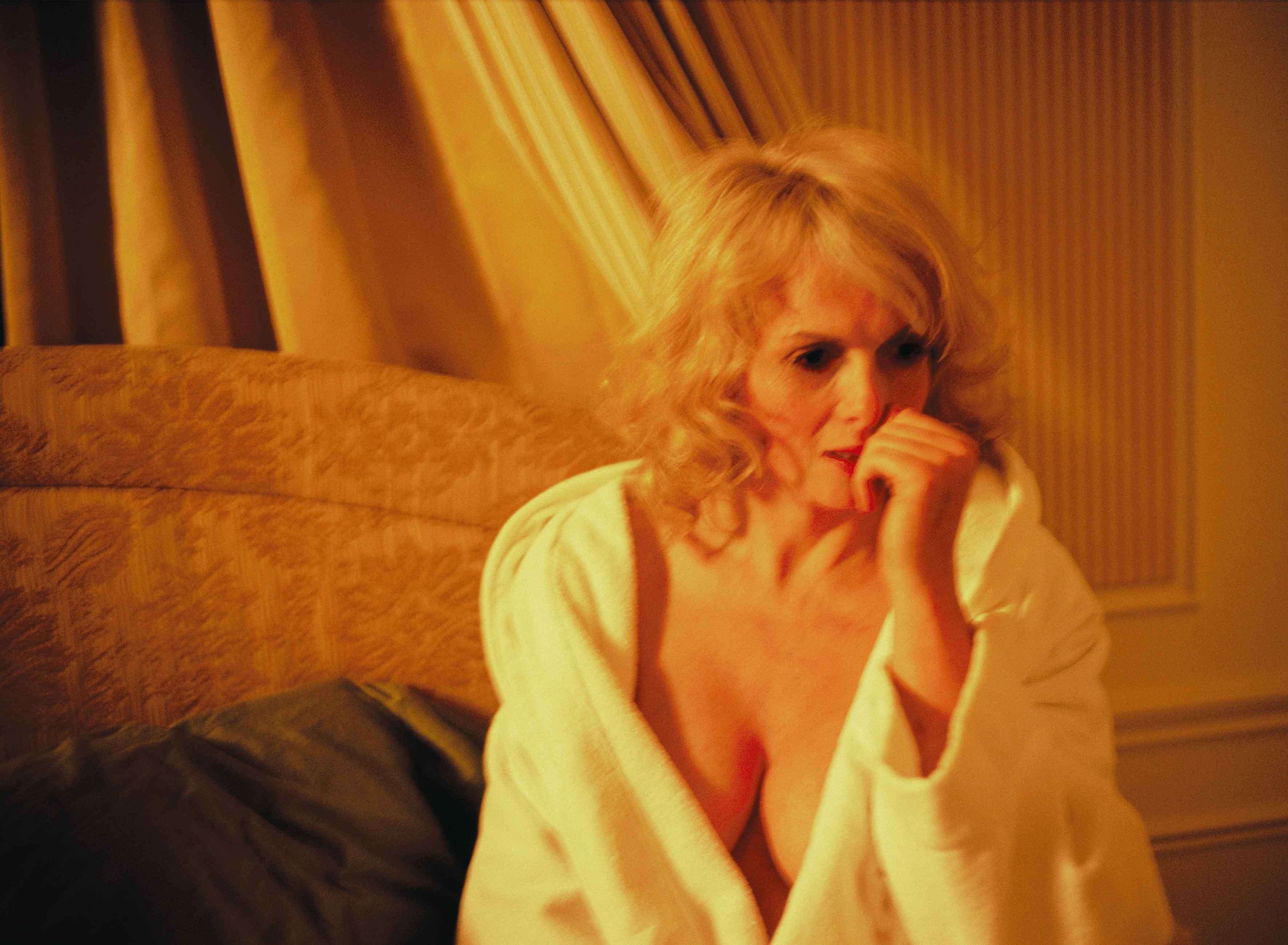 Carsten Höller’s new Book of Games: 336 playful pastimes for the bold and the bored
Carsten Höller’s new Book of Games: 336 playful pastimes for the bold and the boredArtist Carsten Höller invites readers to step out of their comfort zone with a series of subversive games
By Anne Soward
-
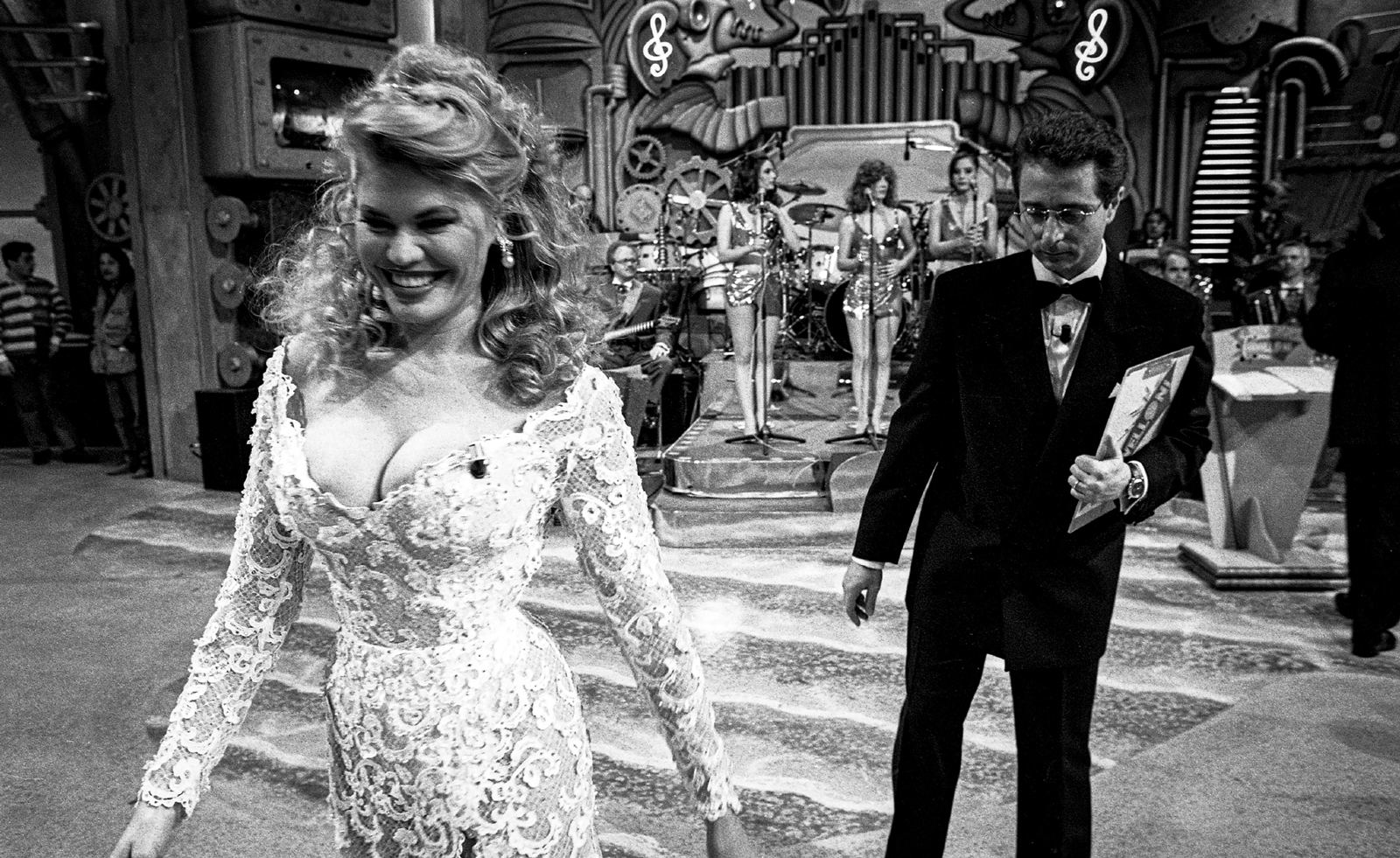 Distracting decadence: how Silvio Berlusconi’s legacy shaped Italian TV
Distracting decadence: how Silvio Berlusconi’s legacy shaped Italian TVStefano De Luigi's monograph Televisiva examines how Berlusconi’s empire reshaped Italian TV, and subsequently infiltrated the premiership
By Zoe Whitfield
-
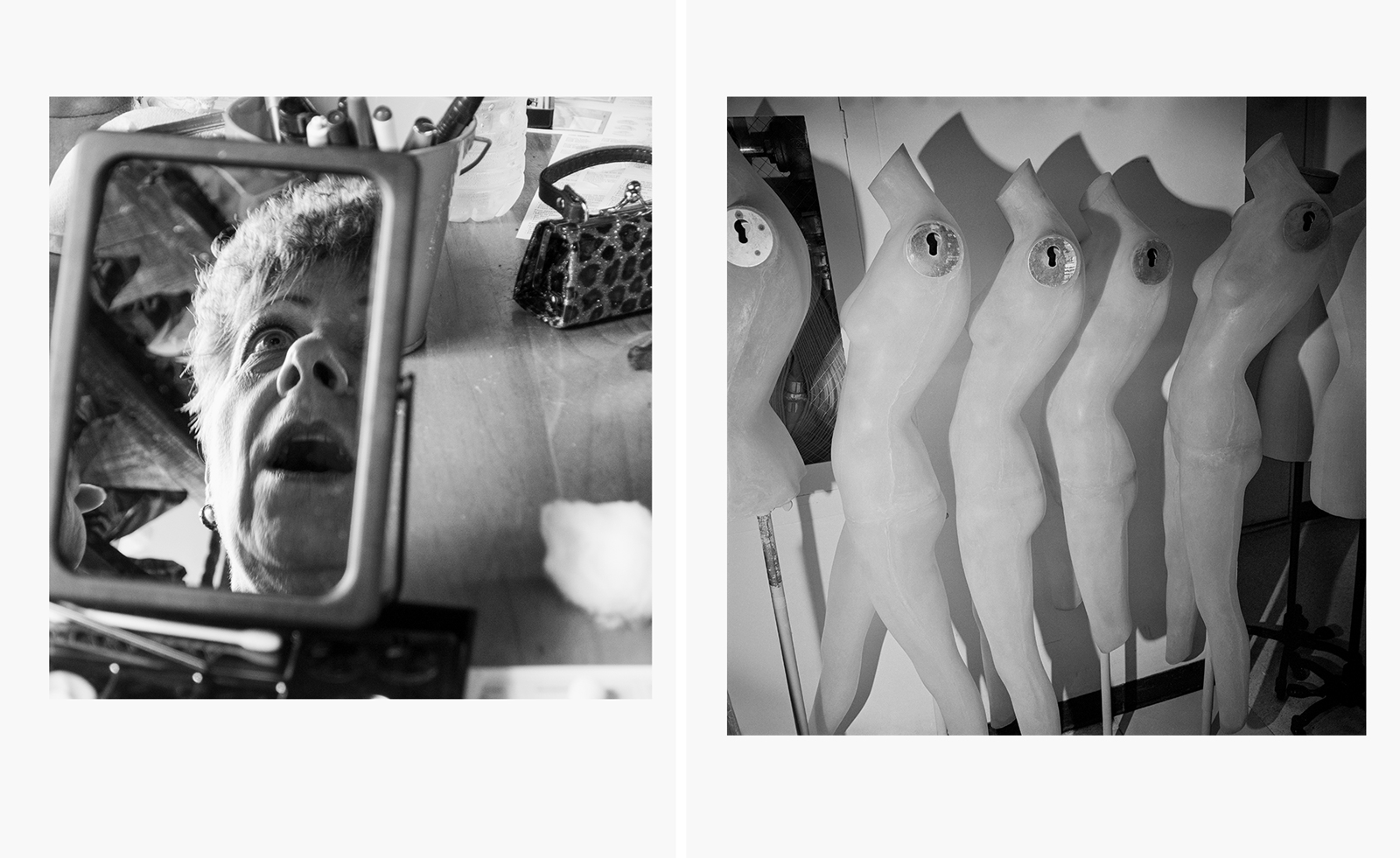 How a sprawling new book honours the legacy of cult photographer Larry Fink
How a sprawling new book honours the legacy of cult photographer Larry Fink‘Larry Fink: Hands On / A Passionate Life of Looking’ pays homage to an American master. ‘He had this ability to connect,’ says publisher Daniel Power
By Jordan Bassett
-
 New Jay-Z coffee-table book dives into the Brooklyn rapper's archives
New Jay-Z coffee-table book dives into the Brooklyn rapper's archives'Book of HOV: A Tribute to Jay-Z' is a hefty tome for a hefty talent
By Craig McLean